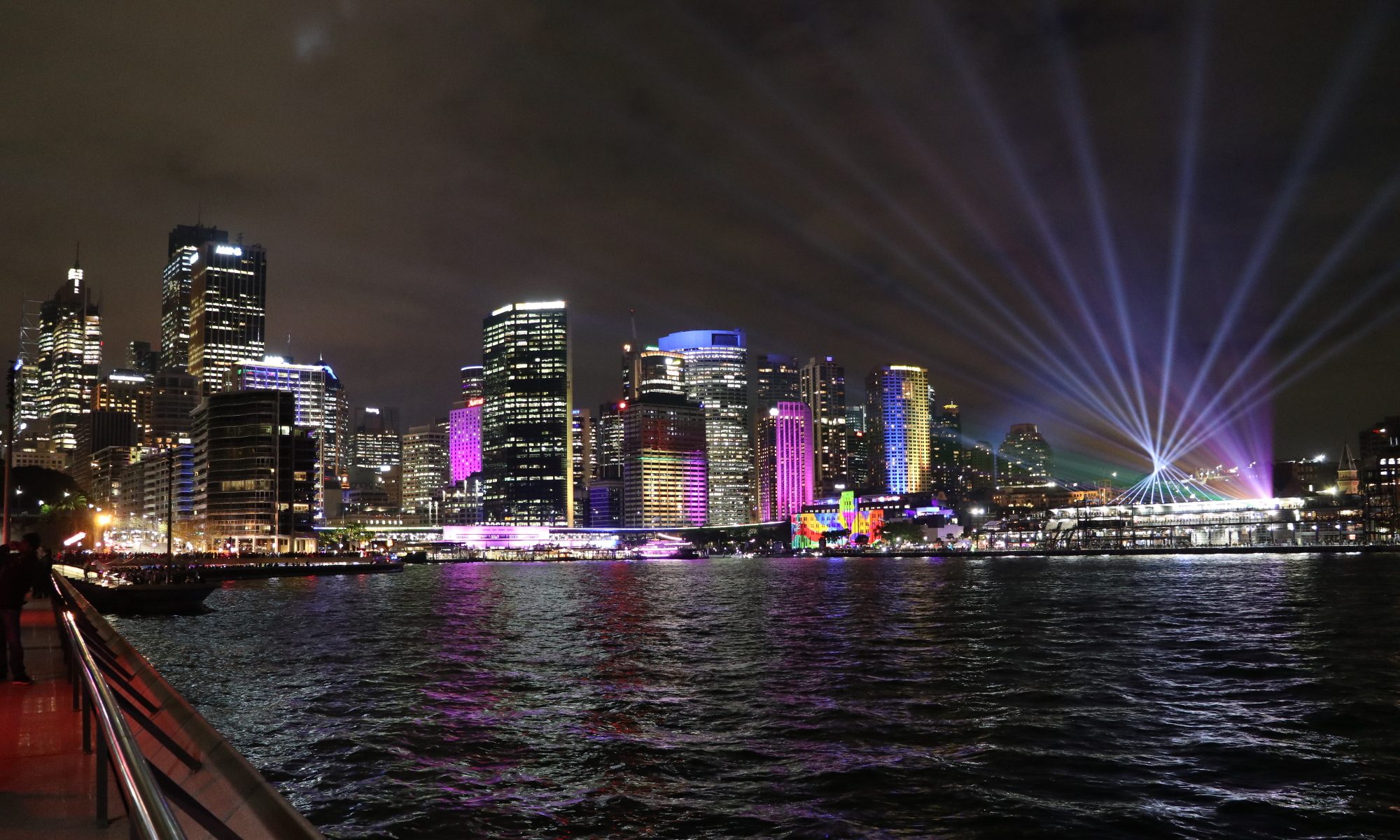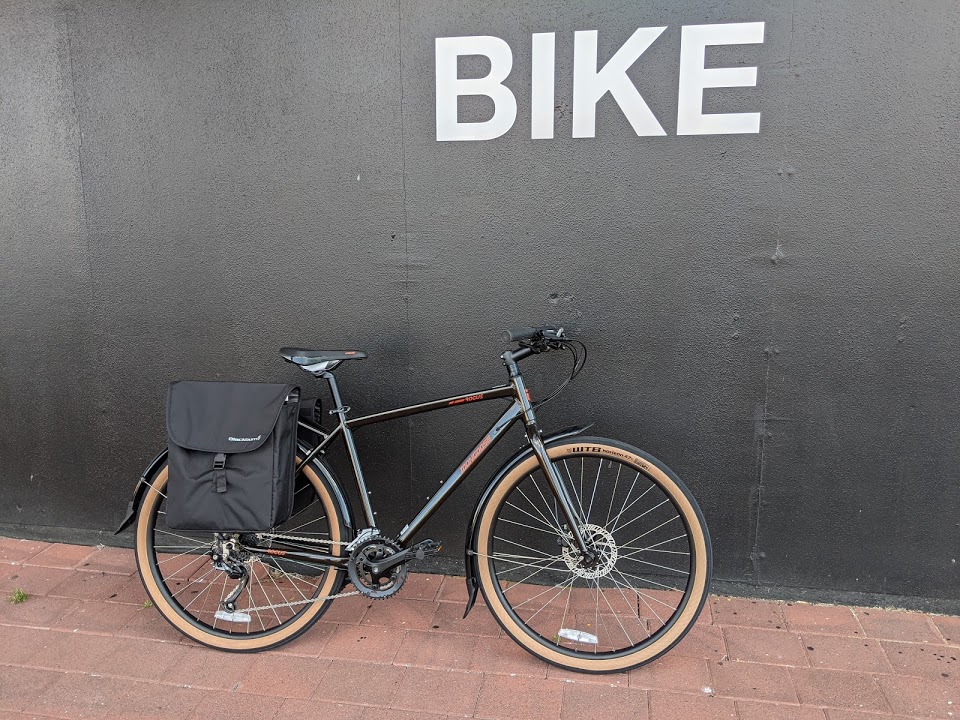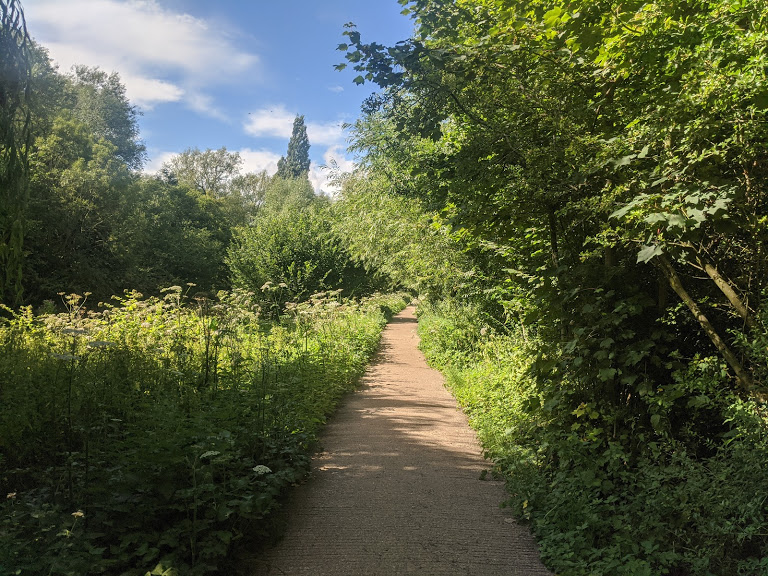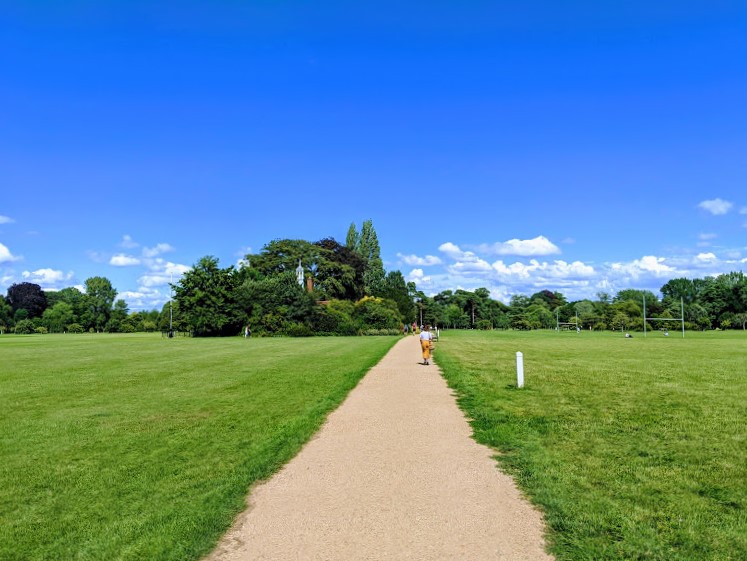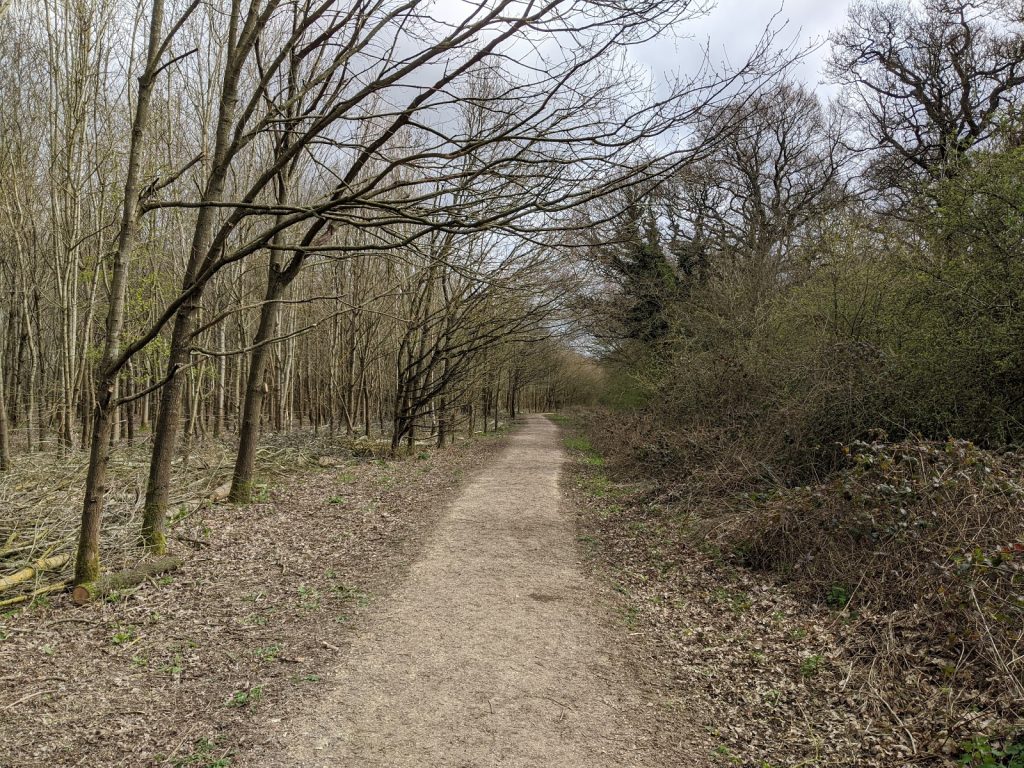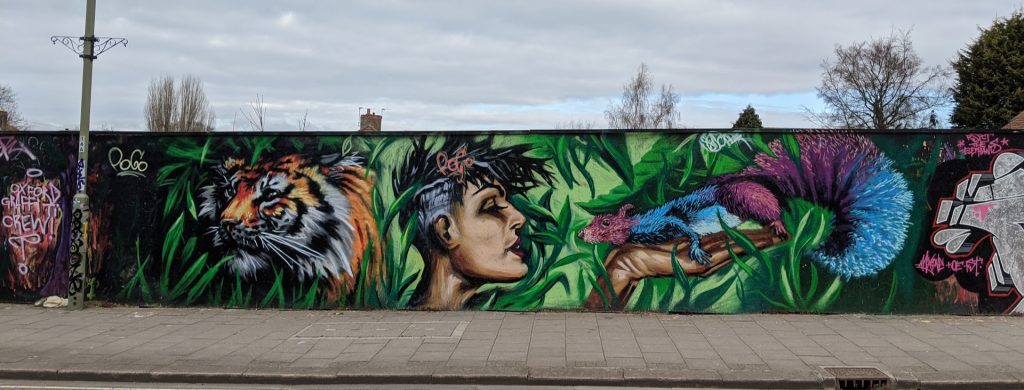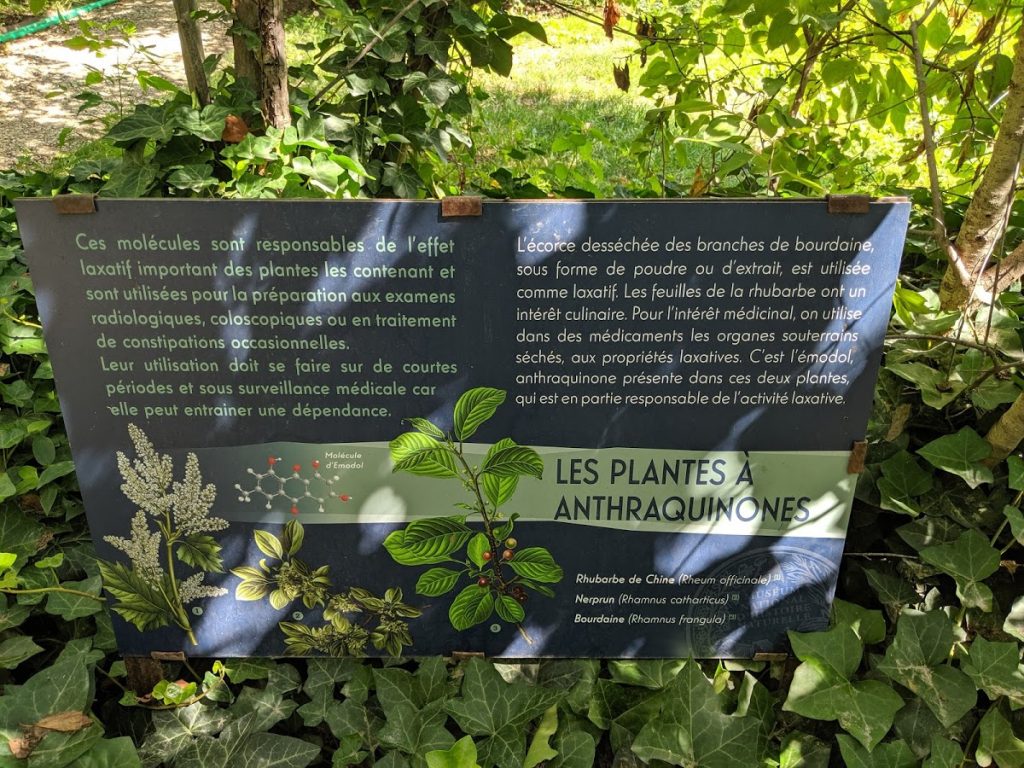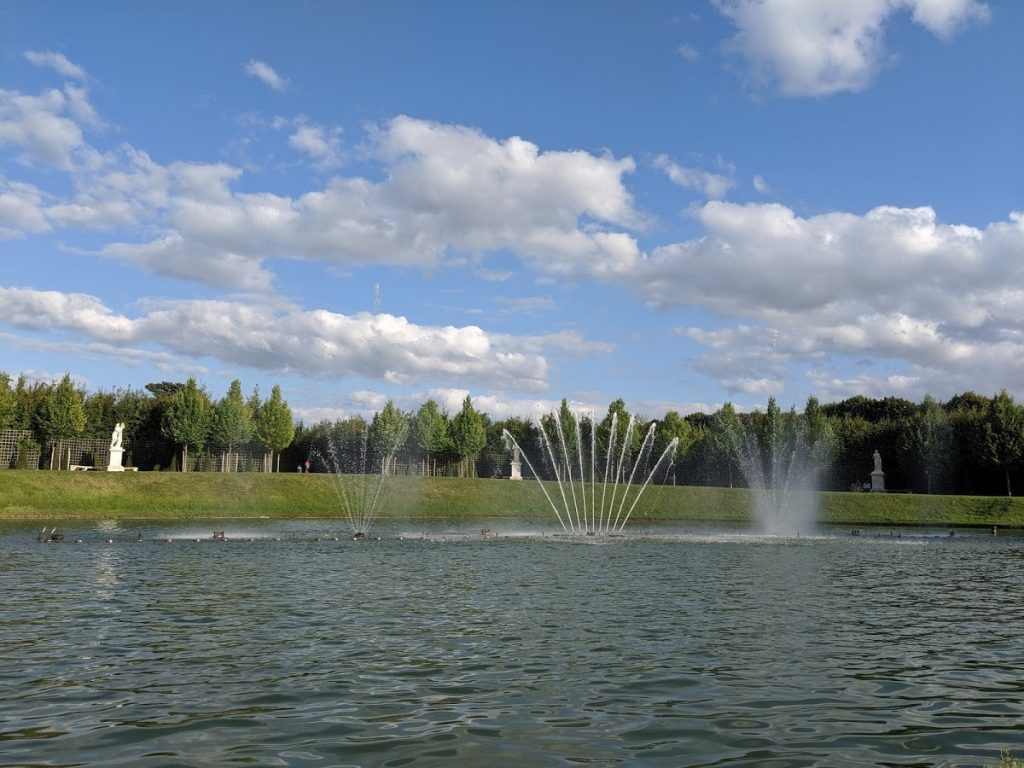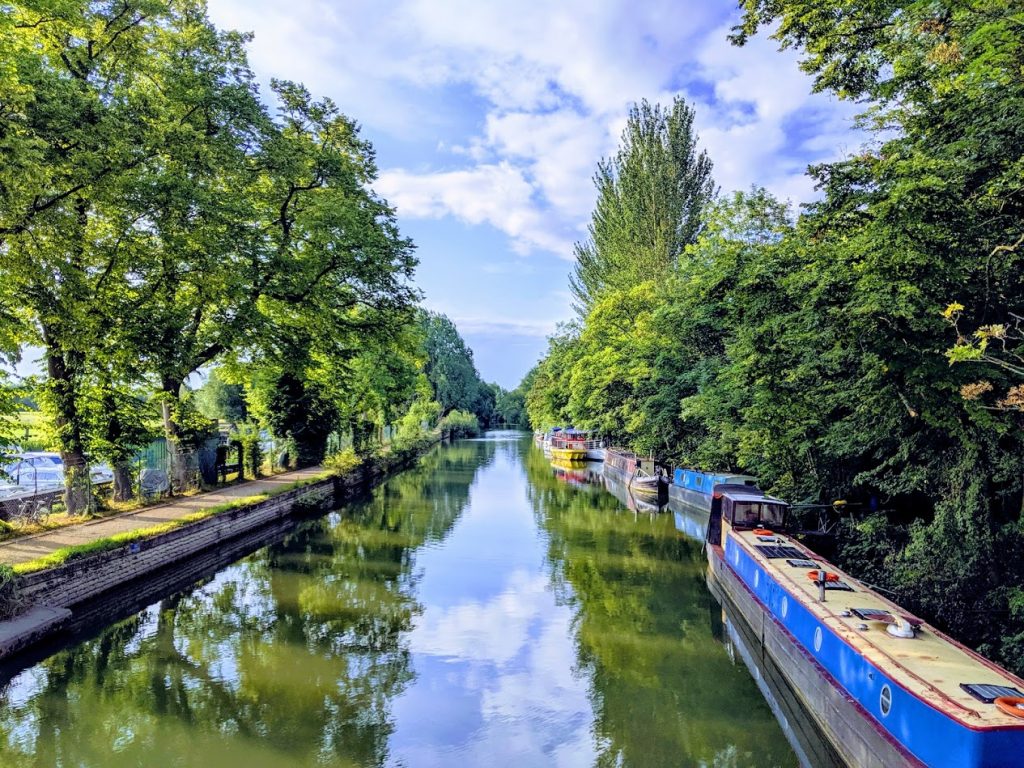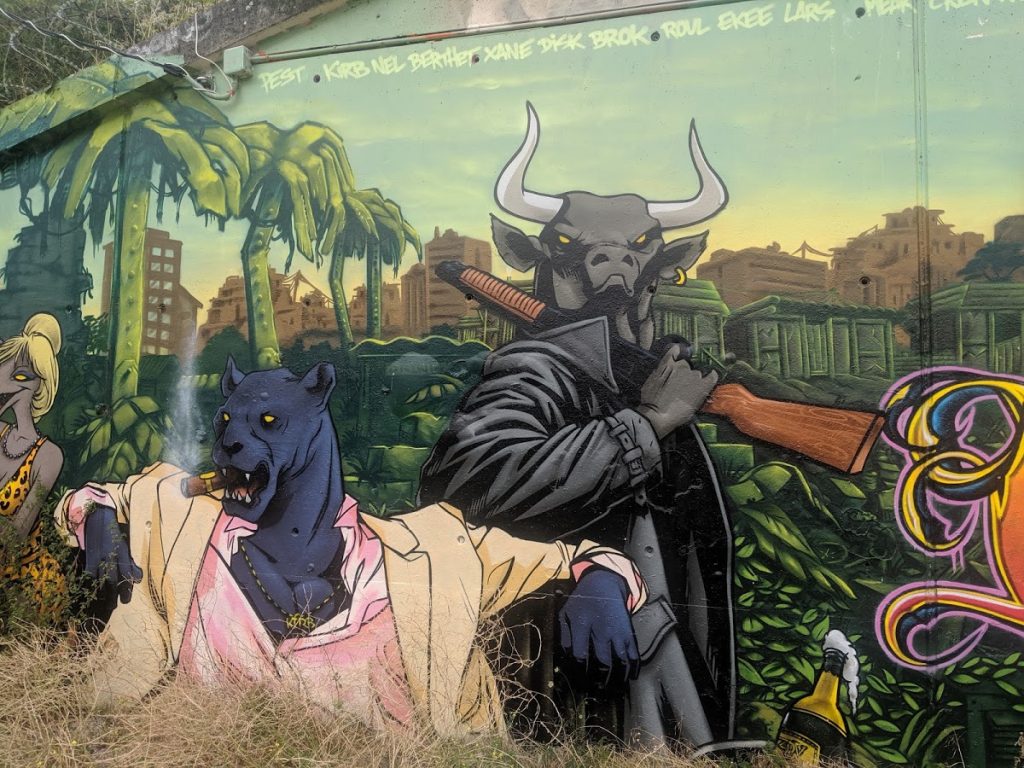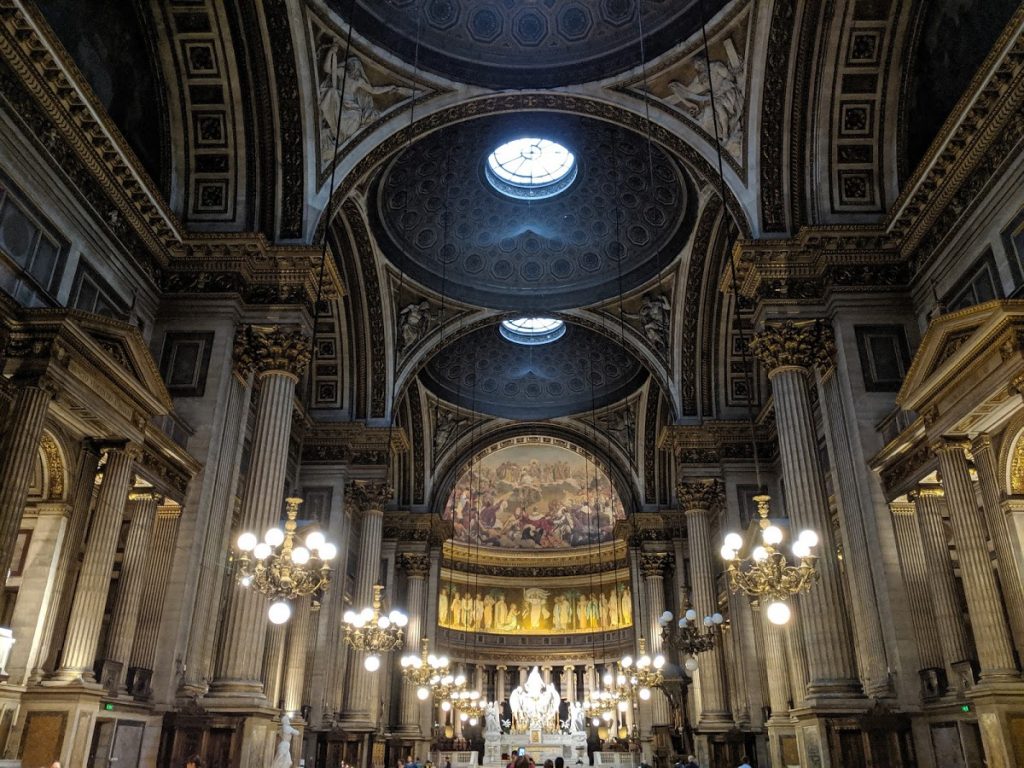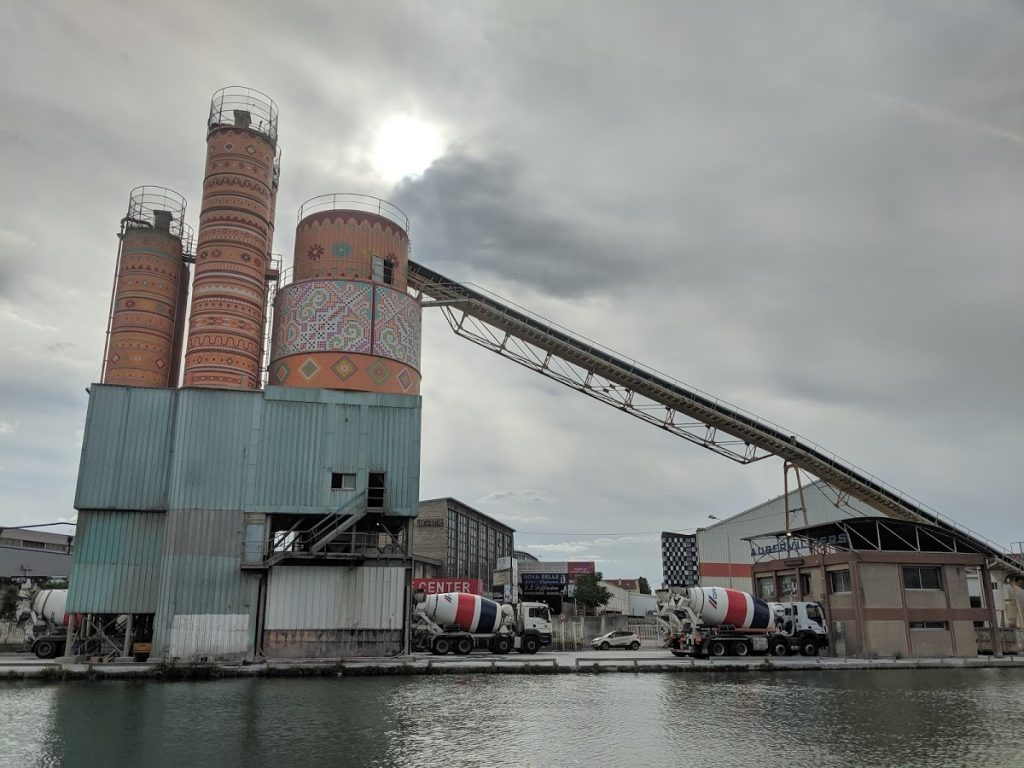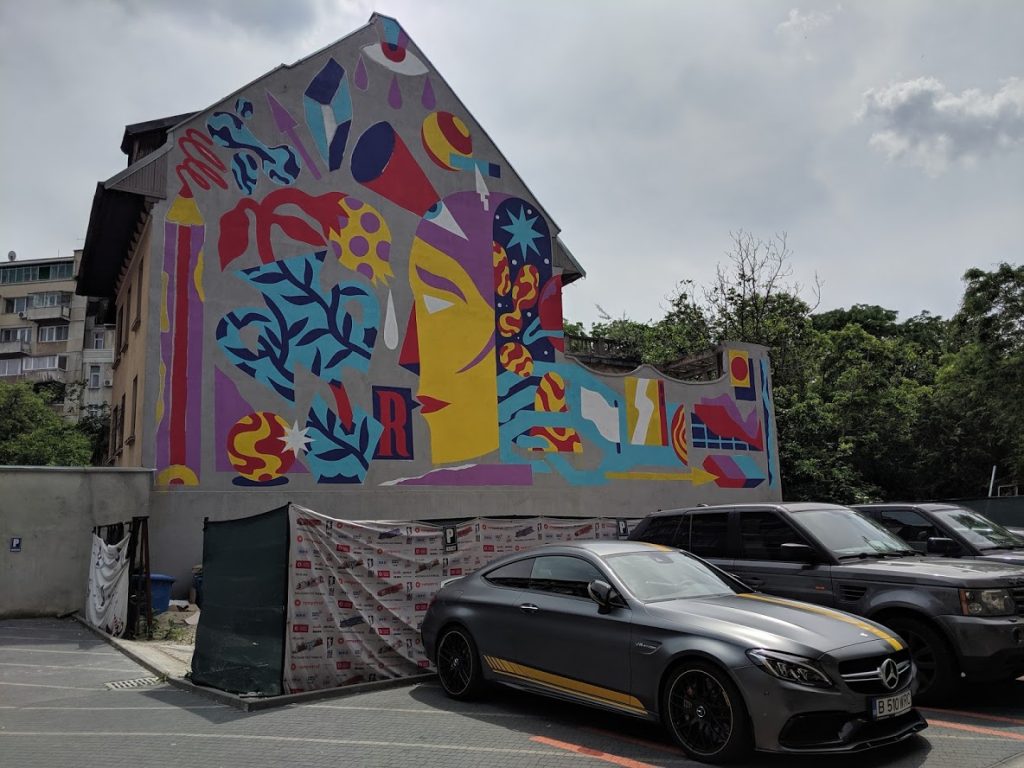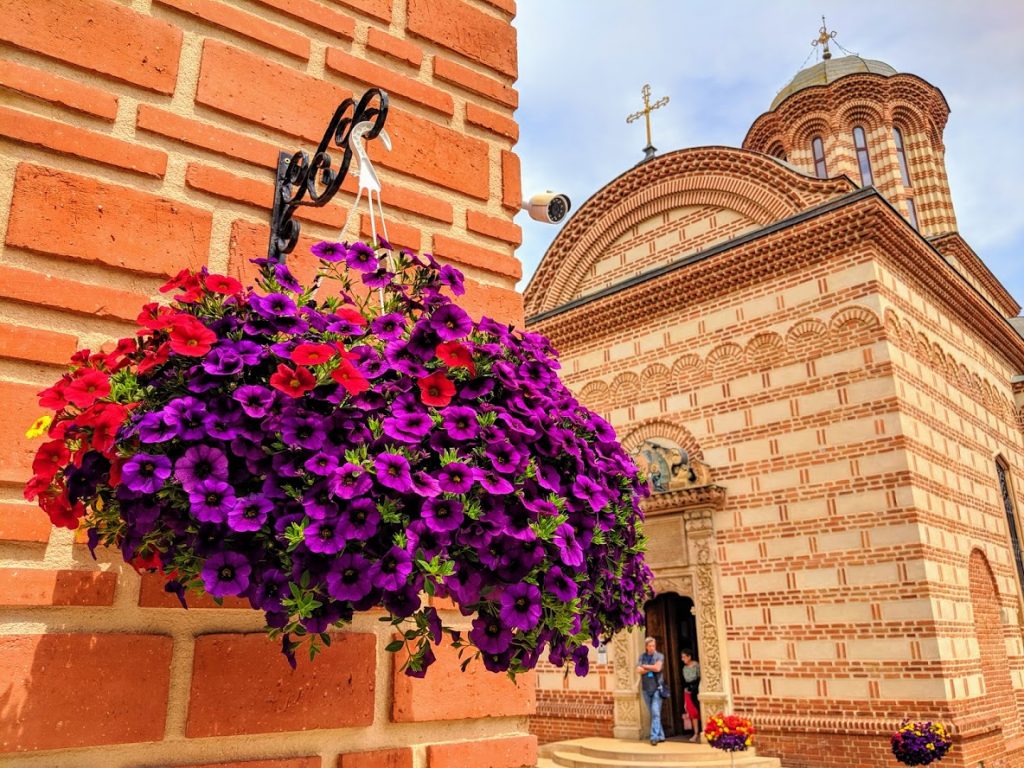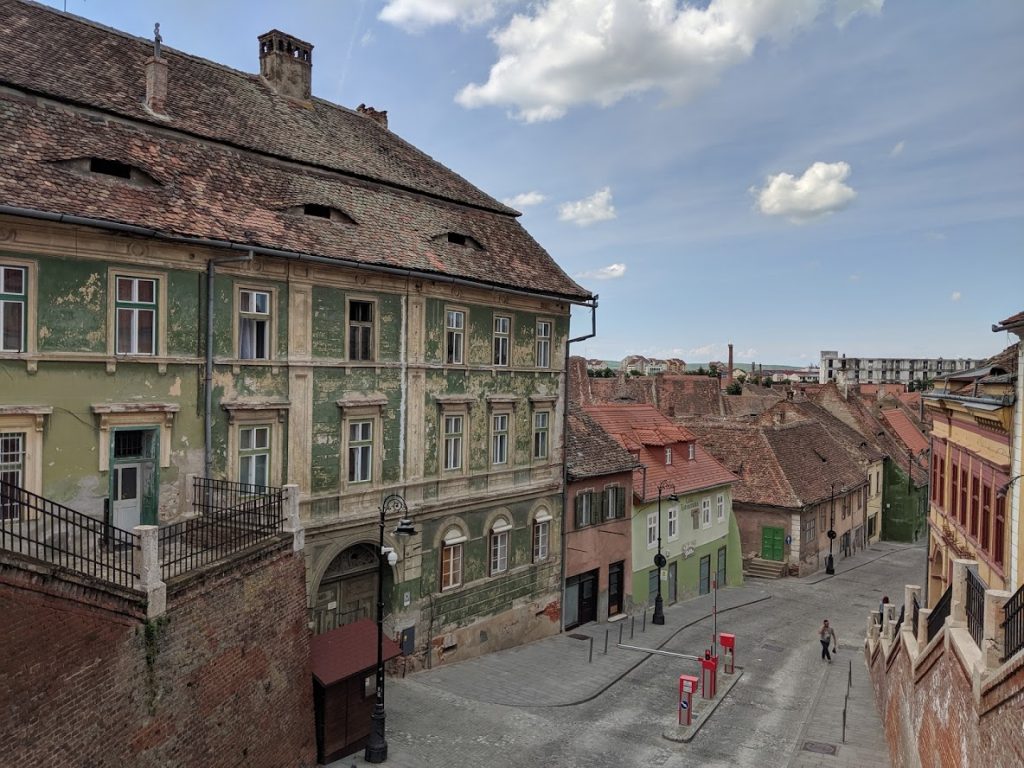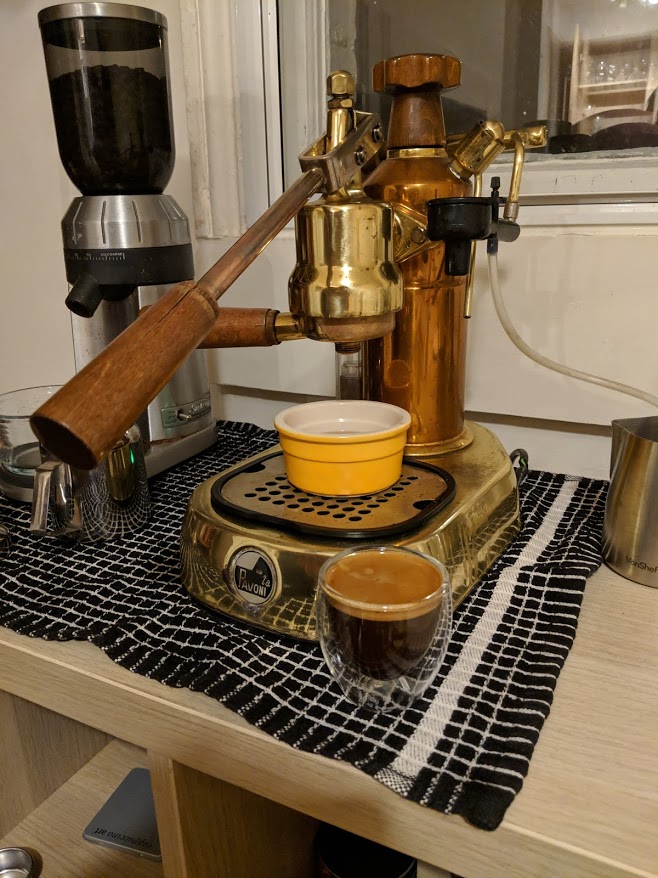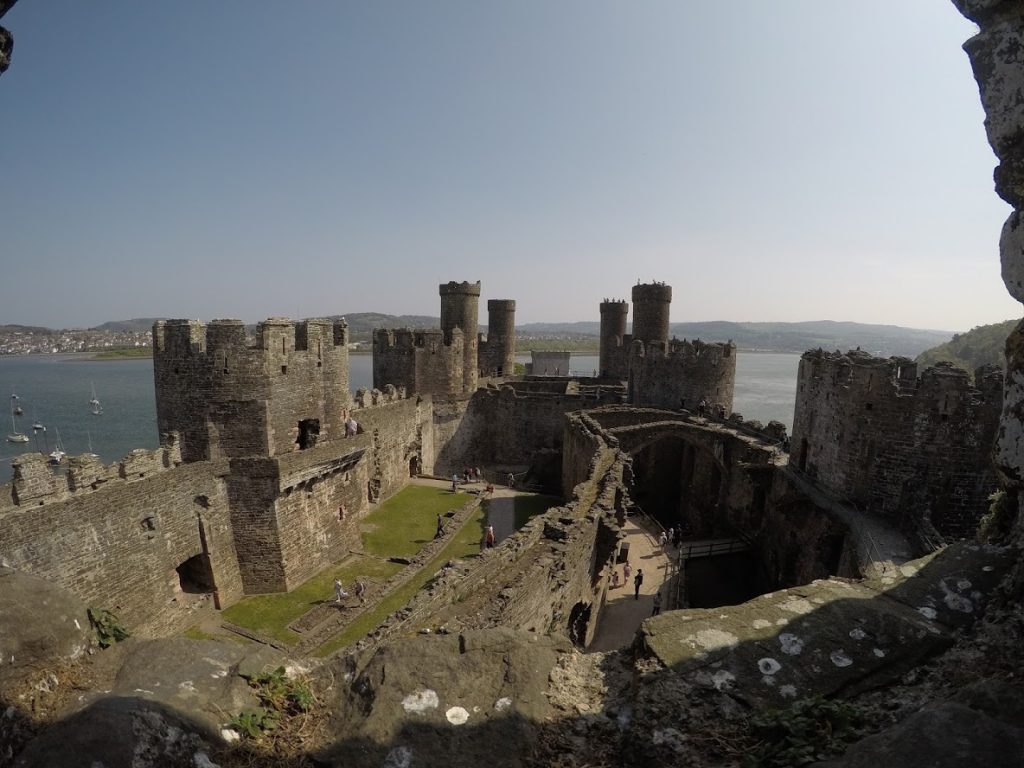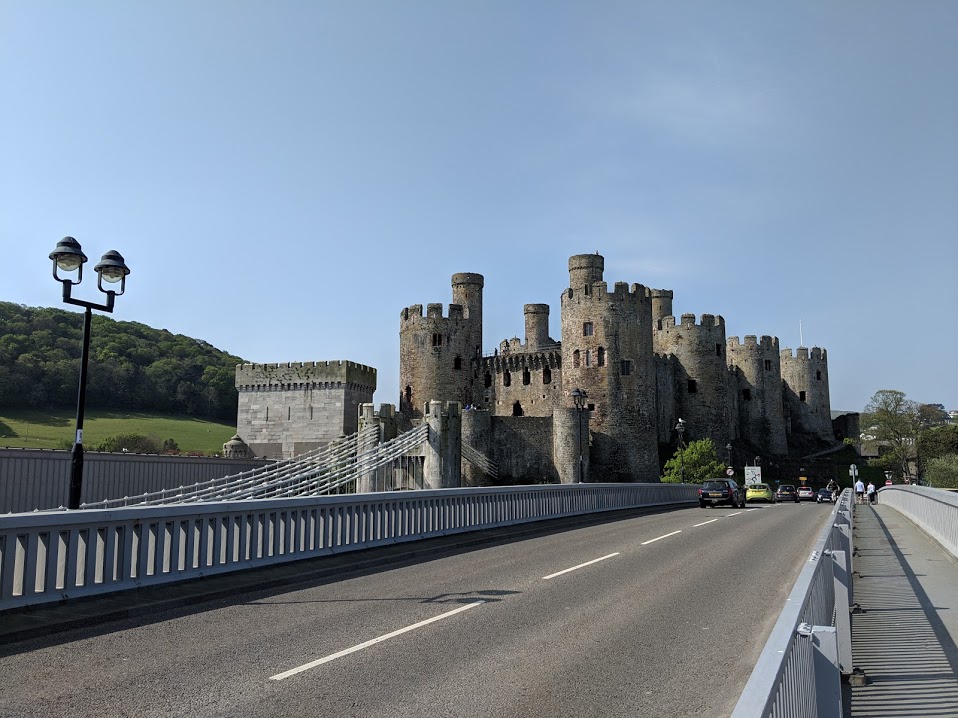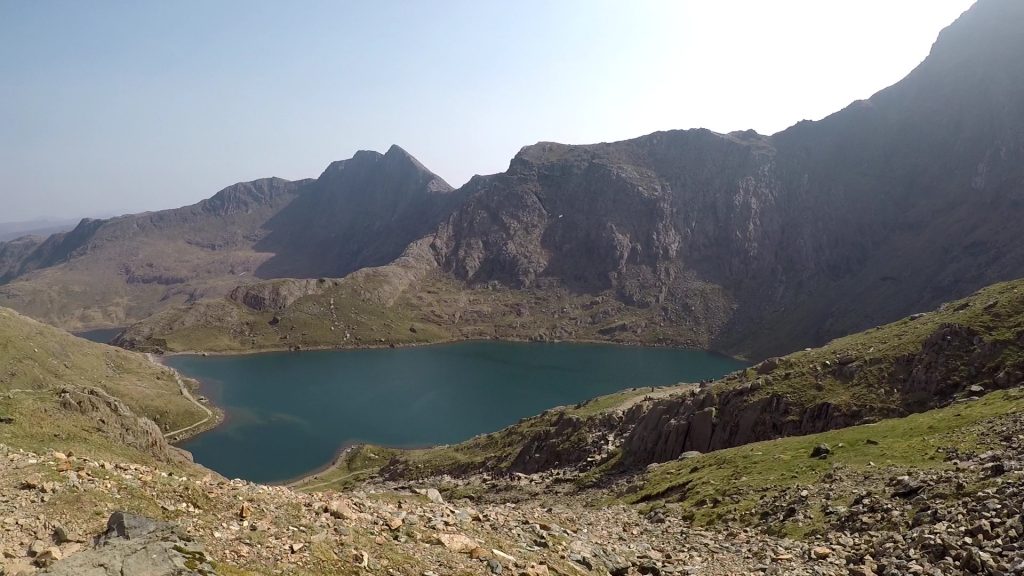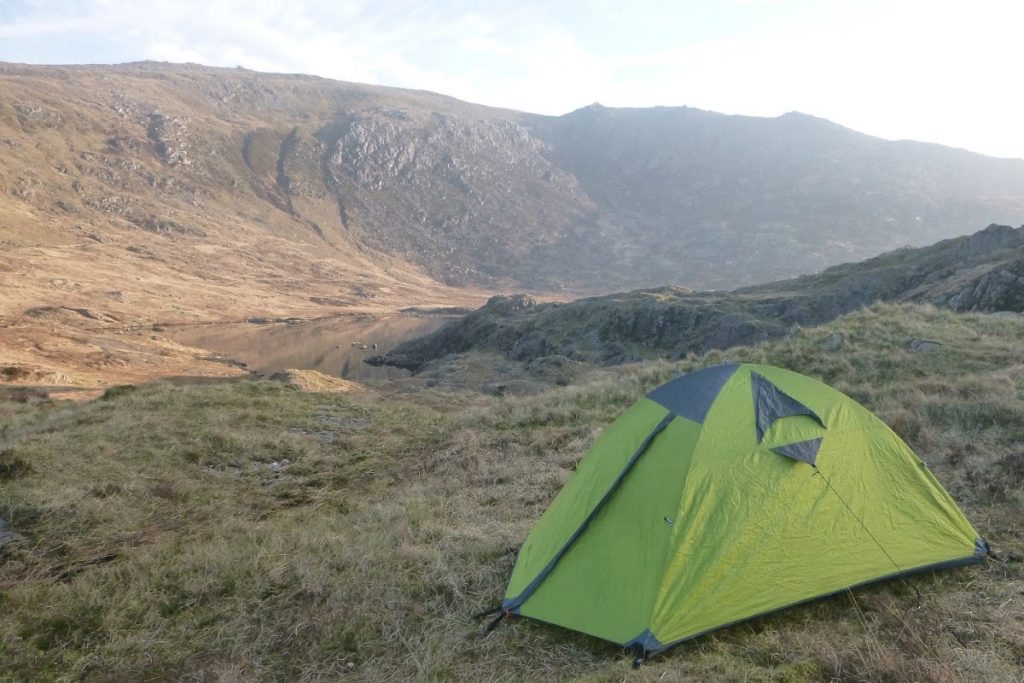Setting up a house in Auckland, friends and chance acquaintances alike were sceptical about the ease of living without a car. Auckland does have public transport, and while it is better than the locals might think, the reality is that infrastructure is built around the assumption of car ownership. Parking is free and plentiful, commercial and industrial parks are organised for the ease of large vehicles. The world needs to move away from the damage of fossil fuel consumption, as well as making transport healthier and more efficient. To help stimulate change, early adopters are needed to sacrifice convivence in order to blaze trails. It is time and energy consuming, but also rather satisfying.
2021 Week 5: Migration
Today I’m writing from the tarmac in Singapore, surrounded by people making the journey from Heathrow to Auckland. We are unable to leave the aircraft, isolating to protect the locals from possible transmission of the UK strain. It is strangely familiar to be flying after more than a year; the same Android based entertainment systems, the same tray portioned food, the same cacophony of mewling infants to make sleep a little more difficult. The masks are new, as are the temperature checks, but overall it’s not that different to flights past.
It’s been a particularly strange transition. In some ways, it’s a very sudden change. Yesterday I was in Oxford, tomorrow I’ll be in Auckland, almost opposite sides of the world. The UK has suffered thousands of deaths and is under tight restrictions of movement, life in New Zealand is largely as normal with virtually no cases. Despite the geographic and social change, having worked from home and living out of a suitcase the past few weeks, the coming two weeks in quarantine is likely to feel much the same as my last two weeks in lockdown.
I will deeply miss the community I shared at ONI. In my last few days I was left feeling so deeply appreciated by my friends (who happen to be colleagues) that the words that feel most true are to say I feel loved. Perhaps it has revealed an over investment, emotionally and socially, in my work. I prefer to think of it as having had the privilege to belong in a community of people who shared principles, who inspired me to be better, and who were reliably kind in the face of immense challenge.
I am excited for the adventure to come. Moving is an opportunity to set new goals, find new friends, and attempt to amplify strengths and leave weaknesses behind. It is likely changing countries in the midst of a global pandemic will be the most significant part of this year for me, but I hope that it is just the beginning of something even more meaningful.
2020 Week 31: Plenty to Discover
It is joyful that, having run thousands of kilometres in Oxford, I continue to discover new routes that are fun, beautiful, challenging, and sometimes all three. This week was the first time I ran through Lye Valley Nature Reserve and Mesopotamia, Oxford.
Adrenaline
Adrenaline is not the friend of efficient work. I had some exciting events occur this week, but as thrilling as they were, they cost a lot in disrupting and distracting from the routine.
Proof reading
Things take longer to read when you have less familiarity with them. I was surprised how long it took me to read a friends manuscript this week. I suspect that there is a parabolic curve on the [amount learned] vs. [time spent] graph. There is an optimal level of novelty where ideas are able to be grasped but not already understood, and the further away from that point the faster the intellectual returns diminish.
Living in a different timezone
A friend is working in a drastically different timezone to where they are living during the pandemic. An untested suggestion I made, inspired by the excessive Casey Neistat monitor set-up, is to loop a 24-hour video of a landscape set to be in the timezone of work (and hence sleep). I suspect that the subtle cues of being able to sense the time of day from a landscape help with shifting and living on a different timezone. More trivially, if you have to do this, shift your meals, exercise, caffeine, etc. onto the desired timezone, and black-out windows to prevent being woken by the local time-zone. This is something I’ve only ever had to do for short periods to pre-acclimatise before long distance flights.
Fantasy choices
I watched Howl’s Moving Castle on the weekend, finding myself repeatedly muttering under my breath “that’s beautiful” at the imagery. One piece of magic featured in the film is a door which, at the turn of a dial, opens onto four different locations. A discussion of the film that followed asked “if you could have a magic door connecting you to four places, where would you choose?”. A cynical answer would be to place doors in two cities with significant air traffic and charge for the teleportation service, e.g. near instant transport from London to Los Angeles. People have gamed real systems in this way. Perhaps the question is really asking “what are your four most important places”, e.g. a family home, your best friends house, your favourite holiday spot, and your place of work. Assuming the freedom to choose where to live, the playful question can have a very serious implication; where is the best place for someone to be?
Photos of the week
2020 Week 14: Quieter Paths
Oxford has grown quieter under the current lock-down. Government guidelines still allow for outdoor exercise, and so I have continued to run to and from the lab. The photos from the week capture some beautiful moments from these runs.
Things to share this week
Places you can visit from self isolation
Take a look around the American Museum of Natural history via google street view.
Enjoy the paintings of The National Gallery via google street view.
NASA has virtual tours of the Glenn Research Center and the Langley Research Center.
The Guardian published a guide to virtual tours of landmarks.
There are also entirely virtual worlds with real people to explore in massively multiplayer online games.
Children’s COVID-19 E-book
A friend has written a children’s book on COVID-19, which you can download here. The link is also soliciting donations which will go to support medical charities fighting the pandemic.
Theory of Everything (2014)
I’ve had this on my “to watch” list for a couple years. It focuses on the relationship between cosmologist Stephen Hawking and his first wife Jane through his scientific ascension and physical decline. I enjoyed the theatrical sets; the narrow blackboard-walled room where Penrose introduces black holes, the cold hospital where Hawking is diagnosed with ALS, and the sandstone quads and bridges of Cambridge. The relationship between Stephen and Jane is complicated by two love triangles involving Jonathan (who joins the family as friend and carer) and Elaine (a nurse to Stephen who became his second wife). However, when the real Jane says “There were four of us in our marriage“, rather than four people she is referring to Physics and ALS as the other two partners. I felt that the film prioritised the romantic tension between the characters over the more difficult to portray relationship vs career tension created by extreme devotion to physics, resulting in a compelling but less accurate story. The portrayal of scientists relies on Oxbridge archetypes and falls short of the political nuance of Contact (1997), one of my favourite films. For example, in a letter to Astronomy & Geophysics Adrian L Melott points out the missed opportunity to depict Dennis Sciama as a skilled mentor. You can watch the trailer via YouTube.
Photos from the Week
2019 Week 34: Paris
Short version: Here are some observations about Paris.
Long Version:
Milk and Water
Growing up in Australia and now living in the United Kingdom, when I buy milk I usually look for refrigerated shelving. As it turns out, this is not where you find milk in French supermarkets, as Ultra-high Temperature (UHT) processing removes the need for refrigeration before opening. Table of UHT milk consumption by country here.
Paris is the first city in the world I’ve found sparkling water available on tap in an outdoor public space.
Queues at the Louvre
At the Louvre tourists queue for hours to see the Mona Lisa and take a photo of it. I’ve been thinking about this behaviour. The painting is aesthetically pleasing, historically significant, and widely discussed, but so are many paintings on display in galleries around the world. Particularly odd is that most people who get to it are unable to get particularly close to it, and use that brief encounter to look at it through their phone or camera. Given high resolution images of the Mona Lisa are easily available, I would almost go so far as to call this behaviour the “wrong” way to consume art, but on reflection I can’t justify why this is so. I would suggest that the experience of the scale of enormous historic paintings such as Oath of the Horatii or The Raft of the Medusa in person provides something difficult to gain from digital copies.
Segregation
Wandering the streets of Paris it is clearly a multicultural, multiethnic city. It was notable that those different groups tended to clump, both on the larger scale of multiple city blocks, but also on public transport. Race is a sensitive issue though, and as I lack experience writing about it I’m hesitant to address it hurriedly.
Photos from the Week
2019 Week 33: Holidays
Short version: I’m on holiday.
Long version:
Holidays
Amusingly while departing Oxford I came across this piece about vacations. It is noticeable here in Paris that the city has emptied out; plenty of stores and cafes have a note in the window mentioning a reopening later in the month.
I’ve enjoyed taking the time to read, think, and jot down some of these thoughts. Alas at the moment most of these thoughts are barely comprehensible to me on rereading, and will require a little more work before sharing.
Photos from the week come from some lovely runs around Oxford and Paris.
Photos from the Week
2019 Week 22: Street Art, Pride, Rowing
Short version: A colourful week, beginning with a day in Bucharest before returning from Romania to Oxford, where the streets were lively with Oxford Pride and Summer Eights.
Long version:
Street Art
Graffiti is a part of most urban environments (perhaps for as long as urban environments have existed) and continues to be seen by some as a blight and others as beautiful. When I first studied art, I remember the compulsion to learn the physical details of individual works, their historical contexts, and how they were and have since been interpreted. More recently I’ve tried more to focus on how I react to art emotionally, to try and build better awareness of my own feelings. In short, I enjoyed the street art in Bucharest.
Oxford Pride
Oxford held a pride parade. It feels like the community in Oxford is progressive on the issues of gender and sexuality, students seem pretty welcoming and rainbow flags fly throughout the year. Of course even in a progressive community it can be difficult to be in a sexual or gender minority, so demonstrations of support and solidarity serve a beneficial purpose.
Rowing
Summer eights ran again, finishing on Saturday. Bumps racing, and the ancillary traditions (such as competition between colleges over quality of Pimm’s), are strange from an outsider’s perspective, but I am inspired by the actual rowing to seek an opportunity to try it. Competition results can be seen here.
Photos from the Week
2019 Week 21: Weddings
Short version: Two friends got married, and I joined them in celebrating in Romania.
Long version:
Weddings
My experience suggests a conventional life has the following milestones: birth, completing education, entering the workforce, getting married, buying a house, starting a family, leaving the workforce, and dying. The start and end points are pretty universal, the ordering in the middle varies. I have passed the first three of those milestones, and this weekend two more friends passed the fourth.
Weddings are a significant life event, celebrating the commitment (of usually two people) to a specific romantic sexual relationship. Because the shape and meaning of that commitment varies so broadly, the actual experience of a wedding varies widely. This specific wedding consisted of a mixture of English, Romanian, and Vietnamese elements, reflecting the combined heritage of the couple. The mix was fun. I would expect as people move more for work and education, multiculturalism flourishes in major cities, that weddings that borrow from multiple cultures become more common.
From a distance, weddings are also economically significant, with the average cost of a wedding in the USA being $33,000, or approximately half the median household income. Ceremony and community do seem important in cementing a relationship, but ultimately the stability of a relationship depends on the future decisions of the parties involved much more than the present commitment to that future. In reading around this it was interesting to observe that divorce rates as a ratio of [marriage rate : divorce rate] are statistically dependent on the demography of the population.
Romania
Romania is country of intense contrast. The mix of medieval, soviet, and modern buildings is reflected in the culture. One in five Romanians work abroad (including a handful of my own colleagues at ONI). The economist describes both a low quality of life, and a technological and economic boom. I observed some incredible displays of wealth; colossal palaces, trendy cafes, and sports cars. Similarly, however, the abandoned buildings, absent infrastructure, and visible underclass belie a series of scandals regarding government corruption.
Photos from the Week
2019 Week 17: Castles and Coffee
Short version: Wales has a lot of castles, and I rebuilt my coffee machine.
Long version:
Castles
The weekend hiking trip to Wales was bookended by visiting the UNESCO listed Caernarfon and Conwy Castles. I was reminded of a book I loved as a child; “Castle” by David Macaulay, which is unsurprising given the fictional castle depicted is modelled after Conwy. While to me castles are a setting for stories and an element in games, in reality they were imposing military installations. In particular given Oxford is currently home, it is disquieting to consider that Oxford (and Cambridge) were both teaching students while Conwy was being built as part of Edward Longshanks’ conquest of the Welsh.
Coffee
I like coffee. I am lucky to have been given a La Pavoni Europiccola, from which (literally) pulling shots of espresso gives me satisfaction and caffeination. Having such a manual machine highlights the chromatographic aspects of the process of making one of the world’s most popular beverages, and gives plenty of opportunities to experiment with process. For more on coffee, CGP Grey provides some interesting coffee facts in his video.
Photos from the Week
2019 Week 16: Snowdonia Way
Short version: Over the long weekend I hiked some of the Snowdonia way with a friend, it was beautiful.
Long version:
Snowdonia Way
The “Snowdonia Way” is a 156 km or 196 km walking route through Snowdonia National Park. We followed a guide book, but the route is also described on a dedicated website and by the Long Distance Walkers Association. The full route takes 6-9 stages (functionally days) depending on choices of lowland or mountain routes, but ultimately to fit comfortably into the four day Easter long weekend we only covered two slightly modified stages, focused on climbing Snowdon, the highest peak in Wales.

Trip Summary
Oxford to Beddgelert
We chose public transport over driving; our start and end points could differ without the need to collect a parked car. Being a passenger also requires less focus than driving unfamiliar (and uninspiring) highway, and intuitively public transport seems the climate conscious way to travel. A train from Oxford to Birmingham, and another from Birmingham to Bangor, was followed by a bus to Caernarfon, and finally a bus to Beddgelert.
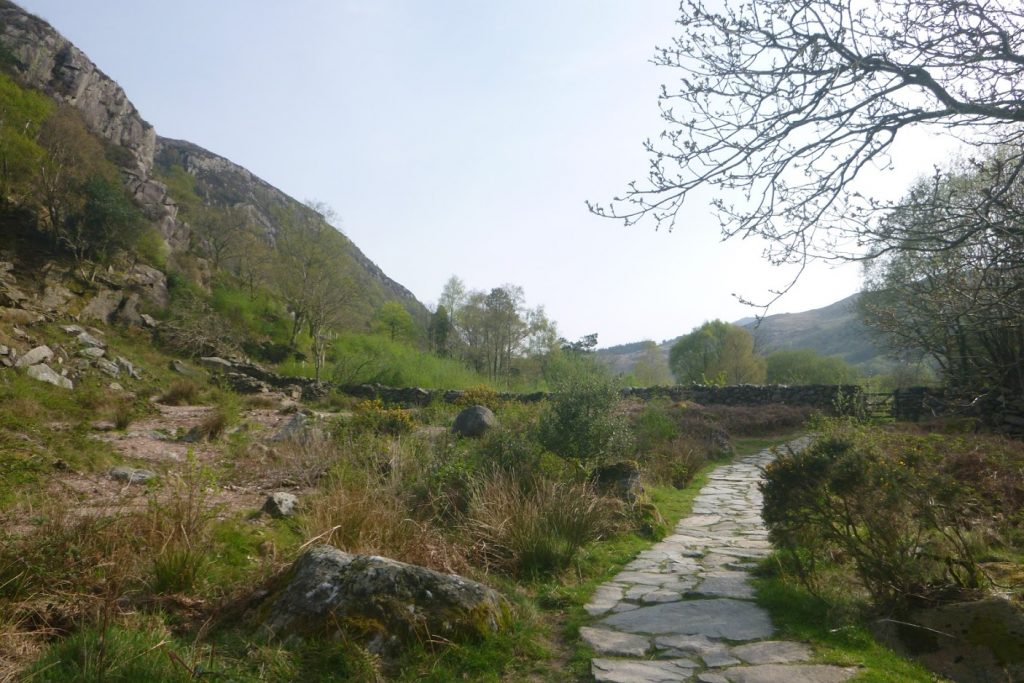
Bedgellert to Pen-y-Pass
We started in the late afternoon, walking out of Bedgellert which was bubbling with holidaying families. A well groomed path (above) passed Sygun Copper mine and continued along the southern edge of Llyn Dinas. A brief turn on gravel road led North onto the start of the Watkin Path, near which was the first night of camping. Snowdon could be glimpsed behind nearer hills, a beautiful challenge to look up and forward to.

Taking down camp early and heading up to the ridge, it quickly warmed to an uncharacteristically warm and sunny day in Wales. Some steep hiking and a very brief scramble led to a saddle only a meter or so across, which allowed two distinct valleys to be viewed while sitting over lunch. The climb to the summit finished on a rather crowded Snowdon peak (see below), with many day walkers audibly disappointed that the cafe was closed. The Pyg Track was the chosen descent, which begins with a steep set of switchbacks but flattens out to gentle views of Llyn Llydaw and the Miner’s Track below. The heat took a toll on water supplies, but thankfully the YHA at Pen-y-Pass had drinking water available on tap.
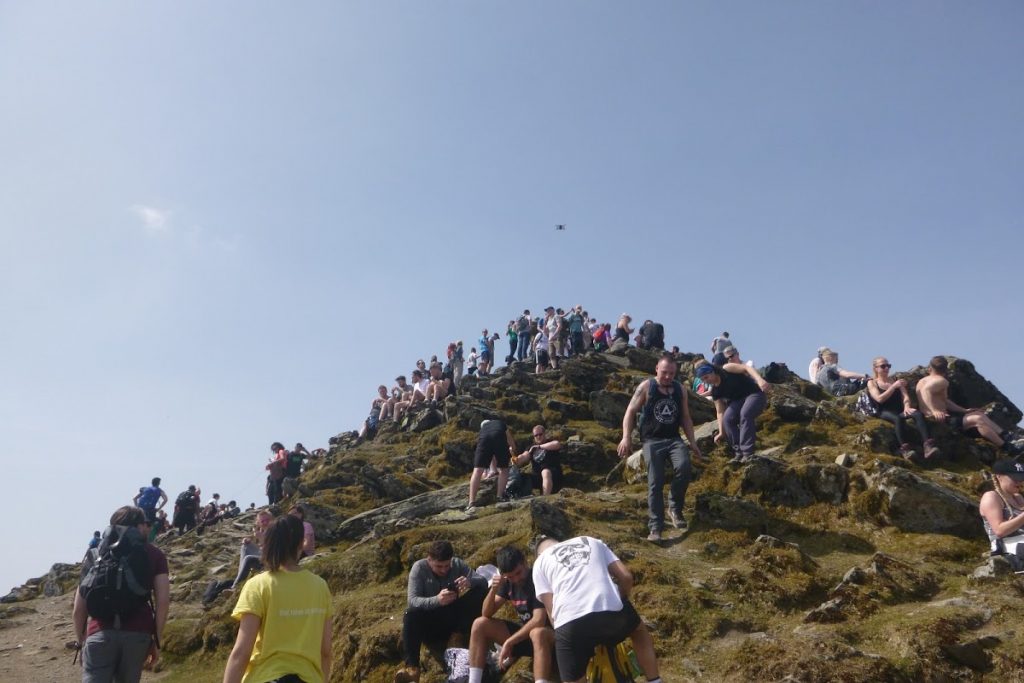
Pen-y-Pass to Dolwyddelan
The second full day of hiking began descending through the exposed Nant Gwynant to a hydro-electric power station. A sharp climb out led onto a surprisingly wet plateau, bordered by a plantation. Passing down into the next valley the path began winding through sheep farms, and the hike ended near the the well kept Dolwyddelan Castle.
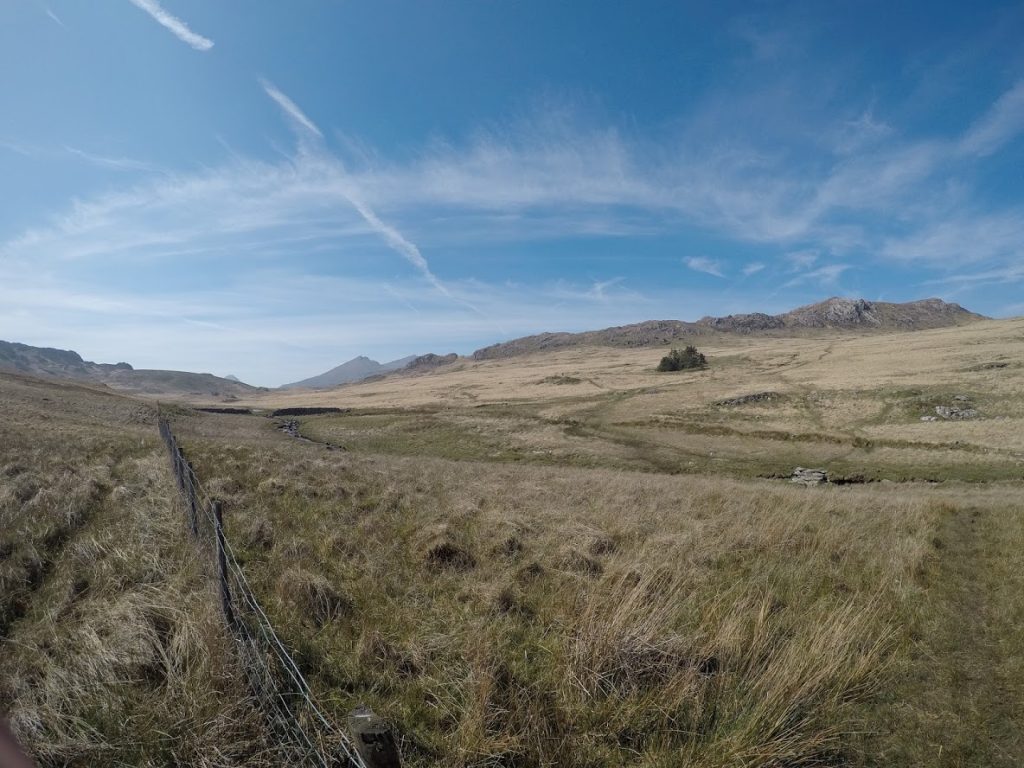
Dolwyddelan to Oxford
Due to damage to the railway line caused by Storm Gareth, Dolwyddelan was no longer connected to the Welsh railway network, and so the return trip began with a bus back to Conwy, followed by trains through Birmingham and finally back to Oxford.
Overall Thoughts
Compared to the much flatter Oxford surrounds, the steeper slopes of Wales are excitingly wild and adventurous. The thousands of years of human presence comes through, particularly with the very visible effects of mining around Snowdon. It is impressive to think how much earth was moved by human and animal labour alone, particularly when struggling under a pack. We were incredibly lucky to get four days of unbroken dry weather in a famously wet part of the world, and it certainly left us wanting to take on more hiking in the warmer months ahead.
Hiking in Wales vs Australia
This trip was my first hike in the United Kingdom, and my first overnight trip outside of Australia. Comparing Wales to its Newer Southern counterpart, variation in temperature and a prevalence of civilisation were the most significant differences. My pack contained many more clothing layers and a much bulkier sleeping bag to account for cold nights. This resulted in a much heavier pack than I am used to (approx 13 kg total), but with the prevalence of small towns I could have shed weight easily by purchasing food along the way. The habit of carrying provisions for the whole trip makes more sense in the more sparsely populated Australia.
